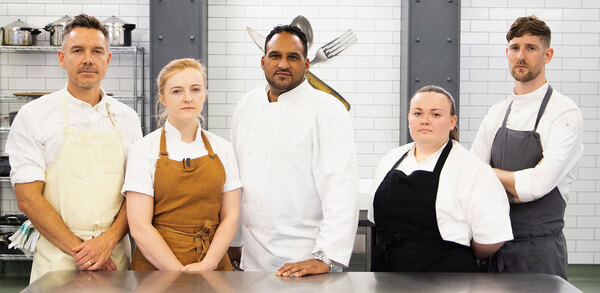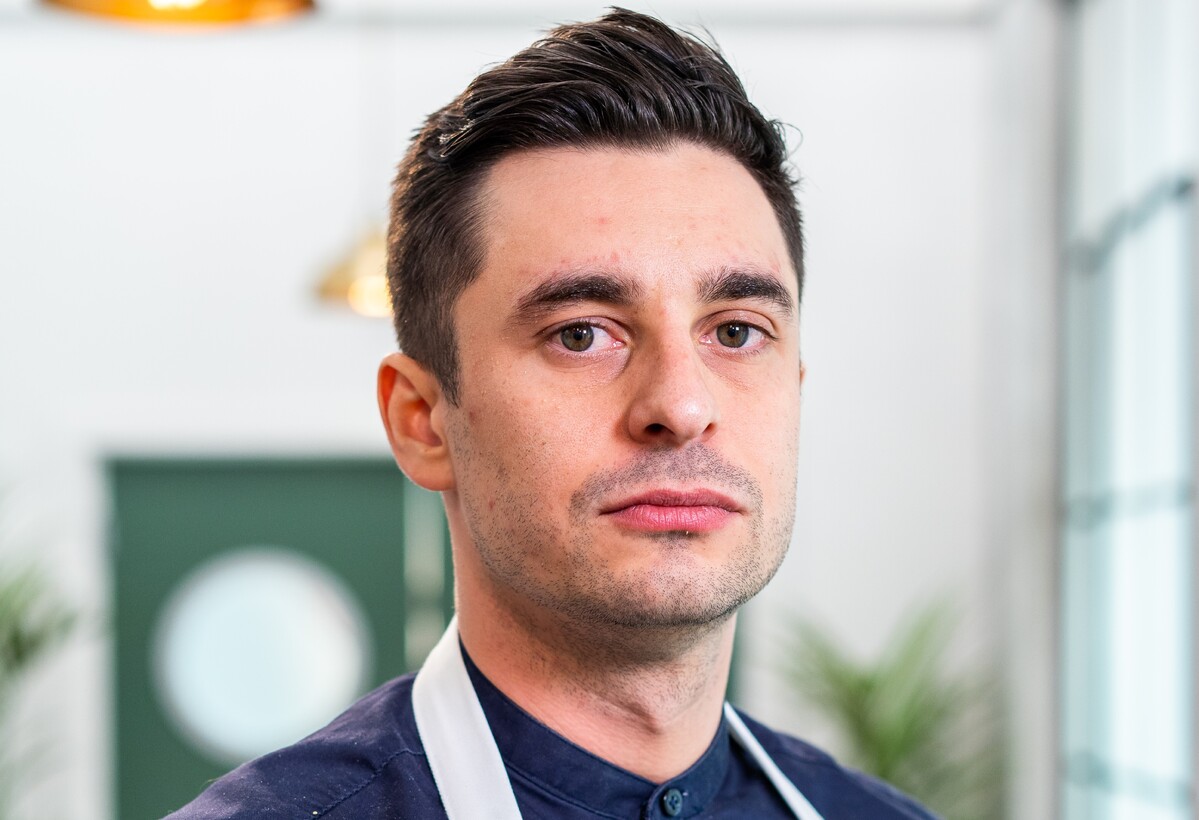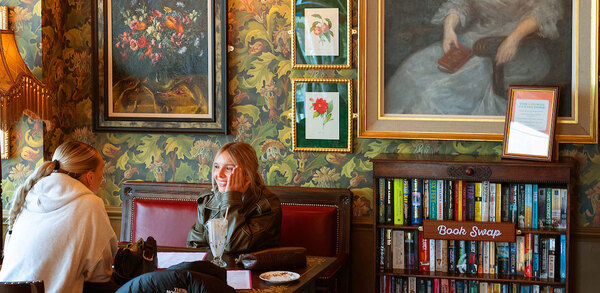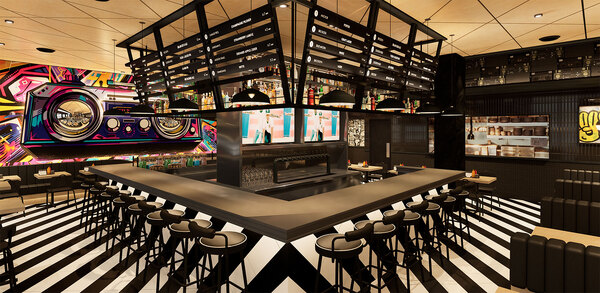Robin Hutson asks who wants to be a waiter now?
From classic French-style service in the 1970s to casual European waiters in the 1990s, Robin Hutson asks who wants to be a waiter now?
As the level of optimism rises and we can finally start to see a way through the Covid fog of this past 14 months, we begin to worry about the kind of issues that in more usual times would always occupy the forefront of our minds.
Probably the first concern and challenge that any operator would highlight is that of staff: the recruitment and retention of our most valuable resource.
Certainly, for as long as I have been employing team members there have been challenges. The general skills shortage in the labour market for hospitality has been well documented and endlessly discussed over many years. Given that we don’t produce enough of our own hospitality professionals in this country, the sector has frequently had to adapt to changing trends and shifting sands of incoming labour from around the globe. We have often had to adapt our service offering to match the skill set available.
When I started my career at Claridge’s in 1975, the restaurant team were almost entirely Italian or French nationals. The style of service reflected that found in those countries: a formal, ceremonial style still occasionally practiced in Italy and France today, with lots of guéridon work tableside, a strict hierarchy of waiting staff and quite a lot of Uriah Heep-esque hand wringing.
In more recent times we have been delighted and thankful to have large numbers of Eastern Europeans, who largely filled the gap when there were fewer French and Italians around. This, fortunately, coincided with the huge explosion in the number of UK restaurants opening from the 1990s. It is perhaps a generalisation, but this cohort of hospitality workers were often admired for their work ethic and high levels of education, rather than being steeped in old-school hospitality service skills, so this skill set sat well with the general rise in a more casual form of dining that was increasing in popularity during the period.
Right at this moment it is impossible to imagine how the available labour market for our sector will work itself out and if it will affect how we do things. We have so many opposing factors to consider. The truth is we are 18 months on from Brexit and we still have no idea of the true effect of the cessation of free movement of labour. We don’t know if many European nationals have used the Covid interruption to normal life as the trigger to return to their own countries on a permanent basis. Or how many former hospitality workers have seen the vulnerability of the sector during this past 18 months and opted for a permanent change of career.
We cannot predict what will happen exactly when furlough ends. We have no idea quite how many hospitality businesses won’t open again come 21 June. How many of these businesses will be lost forever and will this create pools of available redundant workers?
We have no idea quite how many hospitality businesses won’t open again come 21 June. How many of these businesses will be lost forever and will this create pools of available redundant workers?
These are questions that will only begin to be answered in the coming months, and I suspect will only aggregate to any conclusion in the coming years. Meanwhile, hospitality operators are eagerly awaiting our school and university holidays to kick in, which will perhaps produce a rich seam of work-hungry youngsters, merely ‘passing through’ hospitality en route to other careers. But if this is the pool we increasingly rely on, what will the effect be on the service style of the future?



















